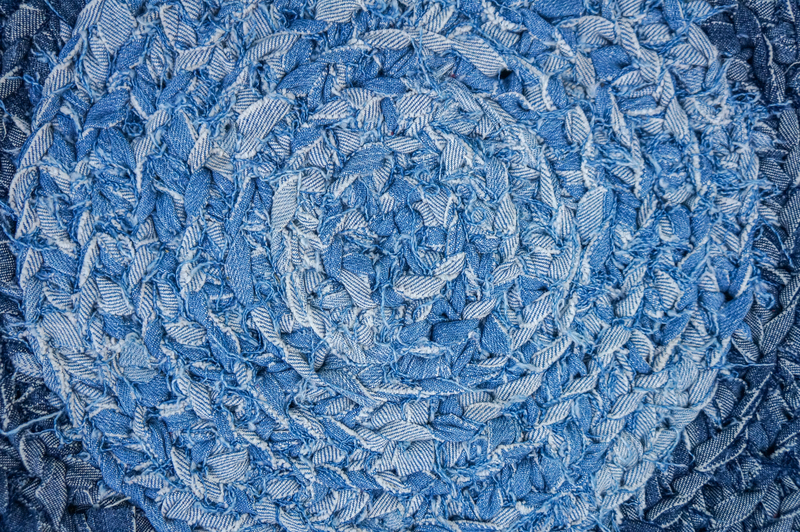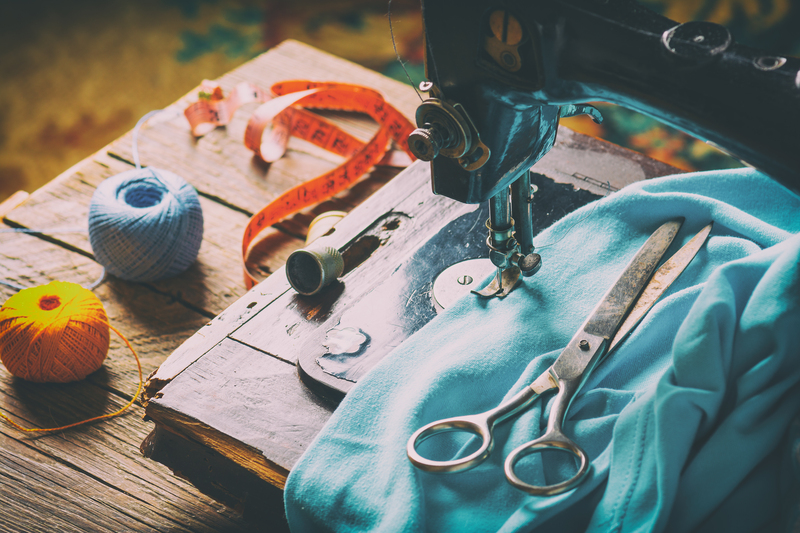Biodegradable Packaging Solutions
Posted on 16/10/2025
The modern world is increasingly aware of the environmental challenges posed by traditional packaging materials, primarily plastics. In response, businesses and consumers are turning towards biodegradable packaging solutions as a sustainable alternative. This shift is critical, not only for reducing waste and pollution but also for promoting a circular economy. In this article, we delve deep into the world of biodegradable packaging, its benefits, types, and the future prospects it holds.
What is Biodegradable Packaging?
Biodegradable packaging refers to packaging materials that are designed to break down naturally through microbial activities. These materials decompose into water, carbon dioxide, and biomass without leaving toxic residues, thereby minimizing environmental impact. Unlike traditional plastics that can take hundreds of years to degrade, biodegradable packaging often breaks down in a matter of months under appropriate conditions.

Types of Biodegradable Packaging Materials
Several materials are used in the making of biodegradable packaging. These materials come from different sources, each with unique properties and applications:
1. Bioplastics
Bioplastics are derived from renewable biomass sources such as corn starch, sugarcane, and vegetable fats and oils. Examples include polylactic acid (PLA) and polyhydroxyalkanoates (PHA). PLA is widely used for food containers, cups, and bottles, while PHA is commonly found in medical applications and agricultural films.
2. Starch-Based Plastics
Starch-based plastics are one of the most common types of biodegradable plastics. They are primarily composed of starch along with other materials such as cellulose. Applications range from loose-fill packaging 'peanuts' to disposable cutlery. These materials are particularly noted for their robustness and versatility.
3. Paper and Cardboard
Paper and cardboard are traditional materials that have found renewed interest in the context of biodegradable packaging. Made from wood pulp, these materials break down easily and can be recycled multiple times. They are especially popular for packaging dry goods, confectionery, and various other retail products.
4. Edible Packaging
Edible packaging is an innovative solution where the packaging itself can be consumed along with the product. This type of packaging is made from natural, edible materials like seaweed, rice paper, and even milk proteins. It's an emerging field with potential applications in the food industry, particularly for single-serve items.
Benefits of Biodegradable Packaging
The adoption of biodegradable packaging comes with numerous benefits for both the environment and businesses:
Environmental Impact
The most significant benefit of biodegradable packaging is its reduced environmental impact. Since these materials break down naturally, they help decrease the volume of waste that ends up in landfills and oceans. This reduction in waste mitigates the harmful effects of microplastics on marine and terrestrial ecosystems.
Resource Efficiency
Biodegradable packaging often utilizes renewable resources, reducing dependency on finite fossil fuels. Materials like PLA and starch-based plastics come from crops, which can be grown and harvested annually, making this a more sustainable option.
Economic Advantages
As consumer demand for sustainable products rises, companies that adopt biodegradable packaging can enhance their brand's reputation and appeal. This shift can result in a competitive advantage, customer loyalty, and even potential cost savings through reduced waste management expenses. Furthermore, companies can avoid regulatory fines related to non-compliance with increasingly stringent environmental laws.
Challenges and Limitations
While biodegradable packaging offers numerous advantages, it is not without challenges:
Degradation Conditions
For biodegradable materials to properly decompose, specific environmental conditions such as temperature, moisture, and microbial presence are required. Often, these materials do not break down as efficiently in standard landfill conditions, potentially limiting their effectiveness.
Cost Factor
Currently, biodegradable packaging materials tend to be more expensive than conventional plastics. This cost disparity can be a barrier for smaller businesses or those in cost-sensitive markets.
Resource Competition
Biodegradable plastics made from agricultural products may compete with food supply chains for resources. For example, corn used for PLA could otherwise be used for food production, leading to ethical and economic concerns.
The Future of Biodegradable Packaging
Despite the challenges, the future seems promising for biodegradable packaging. Advances in technology and increased investment in research are expected to address many of the current limitations:
Innovative Materials
Researchers are constantly exploring new materials and methods to enhance the properties of biodegradable packaging. Innovations such as biopolymers with improved mechanical properties and hybrid materials that combine the best aspects of different biodegradable substances are on the horizon.
Government Policies
Government regulations are progressively favoring sustainable practices. Policies such as bans on single-use plastics and incentives for using biodegradable materials are likely to accelerate adoption. Governments around the world are recognizing the need to transition to a circular economy, further promoting the use of sustainable packaging solutions.

Consumer Awareness
With growing consumer awareness regarding environmental issues, the demand for biodegradable packaging is expected to increase. Consumers are more likely to support brands that demonstrate a commitment to sustainability, driving market trends towards biodegradable options.
Conclusion
Biodegradable packaging solutions are set to play a crucial role in addressing the current environmental crisis posed by traditional plastics. Although there are challenges to overcome, the benefits of reduced waste, resource efficiency, and positive economic impact make it a compelling choice for businesses and consumers alike. Embracing biodegradable packaging is not just an option but a necessity for a sustainable future.
As technology advances and more sustainable practices are adopted, biodegradable packaging will likely become the standard rather than the exception. In this evolving landscape, staying informed and making conscientious choices can pave the way for a greener planet.


 020 3744 5548
020 3744 5548












